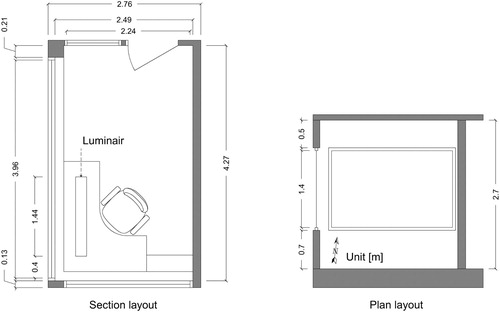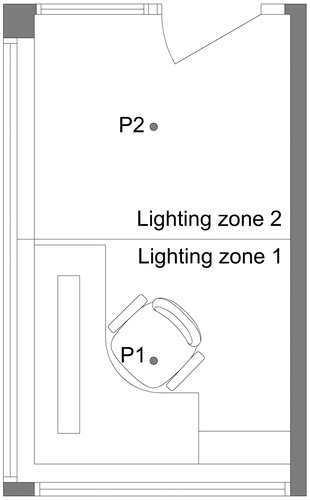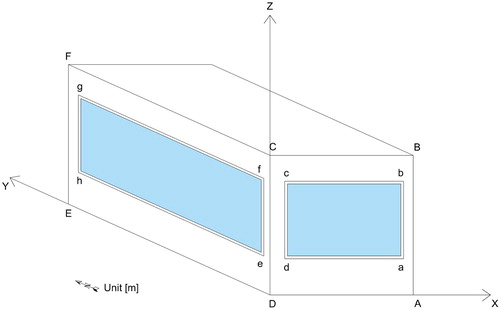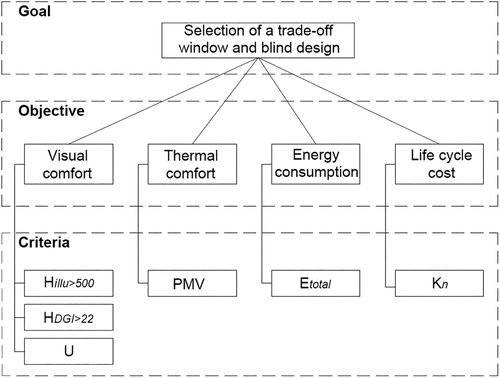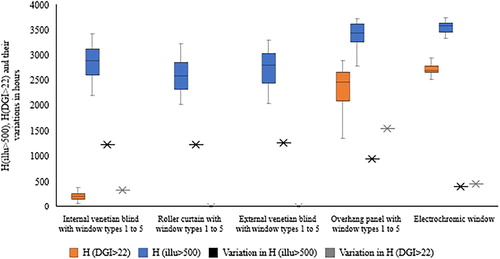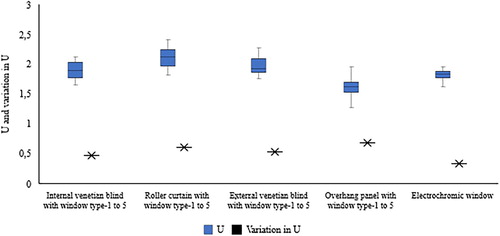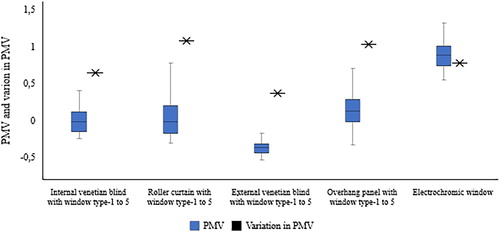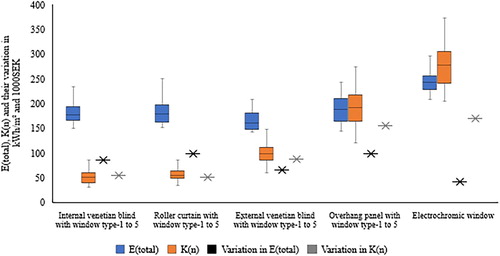Figures & data
Table 1. Thermal specifications for the office room.
Figure 2. the decision-making framework (Jalilzadehazhari et al., Citation2018).
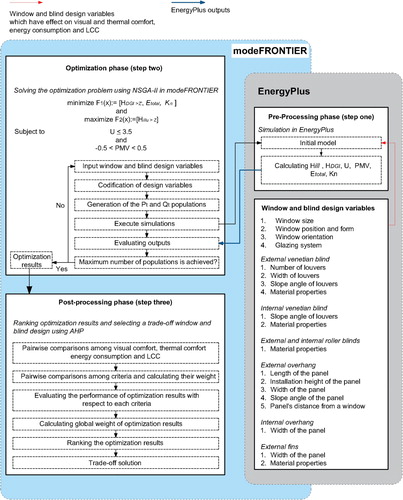
Table 2. Various properties of the windows
Table 3. The properties of the internal and external blinds.
Table 4. Cost per unit for windows and blinds.
Table 5. Codification settings.
Table 6. Pairwise numerical rating (Saaty, Citation2008).
Table
Table 7. Random consistency index (RI).
Table

